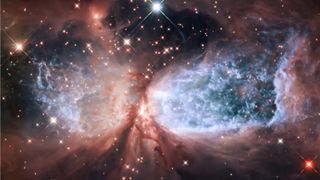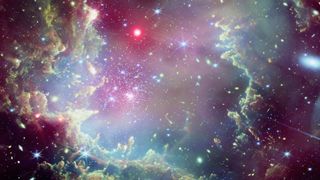Space photo of the week — Extraordinary images of our sublime universe
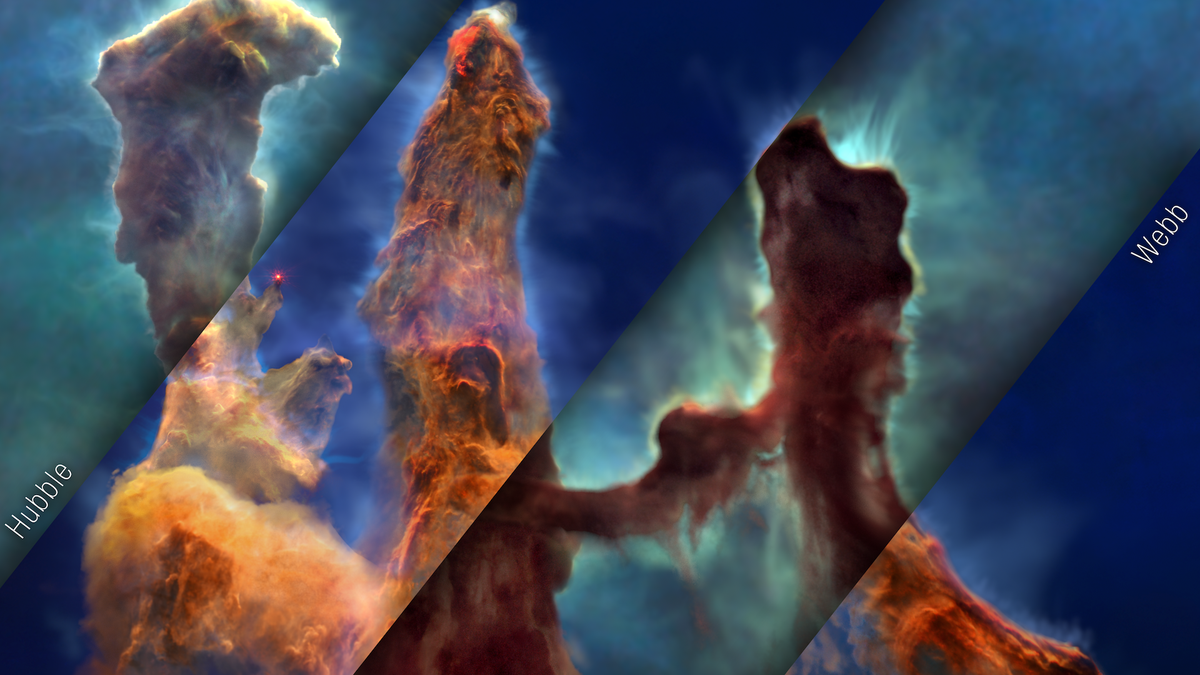
Space photos remind us that, around every corner of our vast universe, something spectacular awaits. From the newest James Webb Space Telescope images to historic photos of groundbreaking space missions, join us every Sunday as we explore the wonders of the universe, and humanity's place in it.
See more incredible space photos:
Latest about space photo of the week
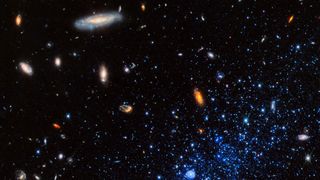
Space photo of the week: James Webb telescope shocks scientists with image of ancient galaxy roaring back to life
By Jamie Carter published
The James Webb Space Telescope has zoomed in on Leo P, a tiny galaxy with some big things to say about star formation.
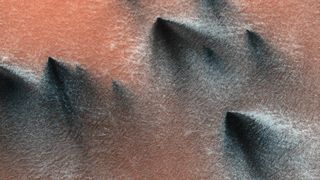
Space photo of the week: Dry ice 'geysers' erupt on Mars as spring hits the Red Planet
By Jamie Carter published
NASA shares an iconic image of carbon dioxide ice erupting in geysers when Martian winter turns to spring.
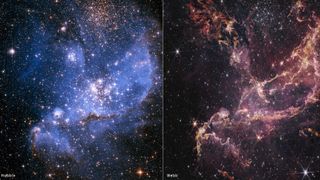
Space photo of the week: James Webb and Hubble telescopes unite to solve 'impossible' planet mystery
By Jamie Carter published
New James Webb Space Telescope observations of a star cluster called NGC 346 are shedding light on how, when and where planets formed in the early universe.
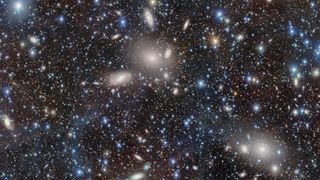
Space photo of the week: Galaxies teeter toward collision in the sparkling depths of Virgo
By Jamie Carter published
An ultra-deep image from the National Science Foundation's Dark Energy Camera reveals a wide variety of galaxies in the unusual Antlia Cluster.
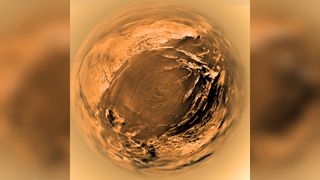
Space photo of the week: Look into Titan's 'eye,' 20 years after the Huygens spacecraft's historic landing on Saturn's largest moon
By Shreejaya Karantha published
Twenty years ago, the Huygens probe achieved humanity's first landing on a moon in the outer solar system when it touched down on Titan.
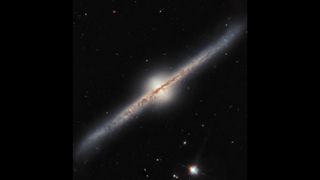
Space photo of the week: The tilted spiral galaxy that took Hubble 23 years to capture
By Jamie Carter published
In this special Hubble image 23 years in the making, the sparkling spiral galaxy UGC 10043 reveals the secrets of its unusually big bulge.
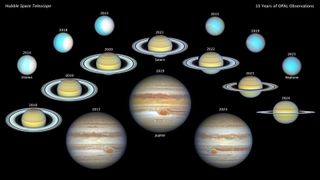
Space photo of the week: Hubble celebrates 10 years of hunting giants
By Shreejaya Karantha published
Behold, the giants! The Hubble Space Telescope has completed a decade of observing Jupiter, Saturn, Uranus and Neptune.
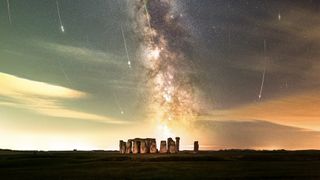
10 jaw-dropping space photos that defined 2024
By Brandon Specktor published
From solar storms to "shooting stars" over Stonehenge, here are our top 10 favorite space photos of 2024 — and what they told us about our beautiful cosmos.
Sign up for the Live Science daily newsletter now
Get the world’s most fascinating discoveries delivered straight to your inbox.
